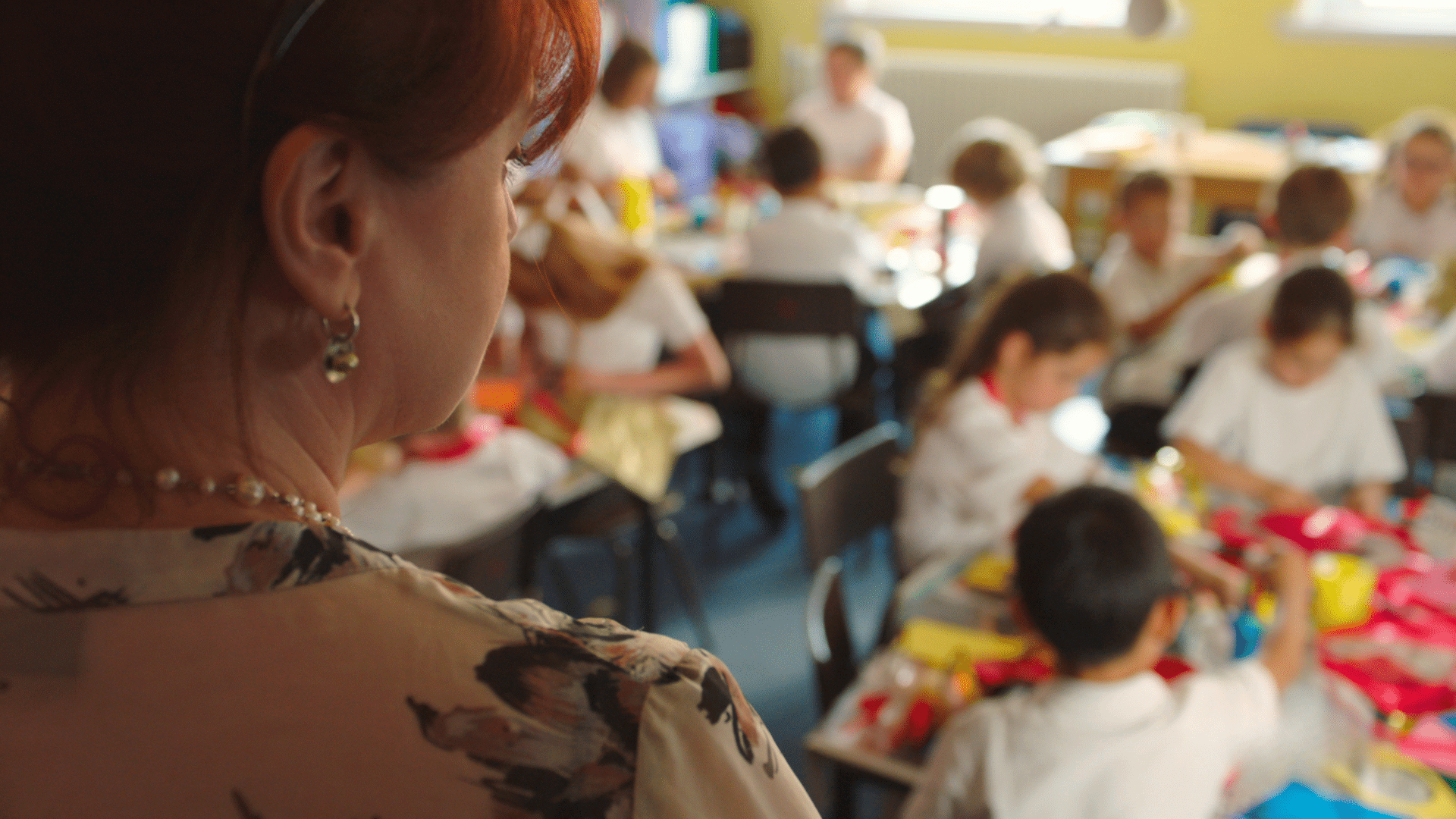
There are many myths about OCD and these can be harmful and hurtful to young people who suffer from the condition. Here we explore a few common myths and debunk them with clear, accurate facts.
What is OCD?
Obsessive Compulsive Disorder (OCD) is a serious condition that affects between 1-4% of the child and adolescent population. Many people associate OCD with repetitive behaviours that are visible such as washing, checking and lining things up. But the root of the condition goes deeper than these visible behaviours and is based on nagging intrusive thoughts.
Myth #1: we all have some form of OCD
Young people and adults often comment that they’re ‘a bit OCD’ about something. Perhaps they like their home to be spotlessly clean or like things to be done in a certain way.
OCD can be broken down into symptoms of intrusive thoughts (or obsessions) and repetitive behaviours (or compulsions, also known as rituals). A key feature of someone who has OCD is their interpretation of intrusive thoughts: the belief that having these thoughts is “bad” in some way or the belief that such thoughts are indicative of something bad happening.
What differentiates normal worries from OCD obsessions is the amount of time spent thinking about them, the level of worry or distress they cause and the extent to which people feel compelled to ‘get rid of them’.
Myth #2: OCD is just lots of hand washing
Excessive hand washing can be one symptom of OCD. But there are in fact a range of obsessions, beliefs and behaviours that people with OCD can exhibit.
Children under 4 are more likely to engage in rituals related to stranger and separation anxieties whereas children aged 4-7 are more likely to show fear of, and compulsions related to, contamination, death, burglary and assault.
In childhood OCD, the most common obsessions are fear of contamination and germs followed by harm to self or others. As children approach puberty obsessions may shift to mirror normal developmental changes to include sexual and aggressive obsessions.
Myth #3: Only adults can suffer from OCD
In fact, in an average primary school of 500 pupils there could be between 5 and 20 young people struggling with OCD.
It is very common for ritualistic behaviours to be observed in young children (aged 3-7) such as a need for routines to be the same, lining up items such as toys, shoes, the food on their plate, or becoming distressed by dirt or sticky substances.
Myth #4: OCD goes away on its own
It is not always necessary to refer at the first signs of apparent OCD. A period of watchful waiting is needed as many children will just grow out of such behaviours. But if the behaviours continue, begin to interfere with the child’s everyday life or cause them distress, it is important to seek advice from a GP for Early Intervention and to stop the OCD from becoming entrenched.
For teachers and school-based professionals it may also be possible to seek support from primary mental health clinicians or duty clinicians based in Child and Adolescent Mental Health Services (CAMHS) who can provide advice about whether a referral would be appropriate and how to go about making the referral.
More information about OCD:
As with all child mental health conditions, if left untreated, prolonged OCD can cause a young person to develop problems in later life. Younger children are less likely to have “insight” into their OCD, meaning that they may not readily recognise the irrationality or excessiveness of their obsessions or compulsions. So, it’s important that we as adults have the tools and understanding to seek help on a child’s behalf if necessary.
Learn more about Obsessive Compulsive Disorder (OCD) in our Fact Sheet or watch our short film about OCD.





